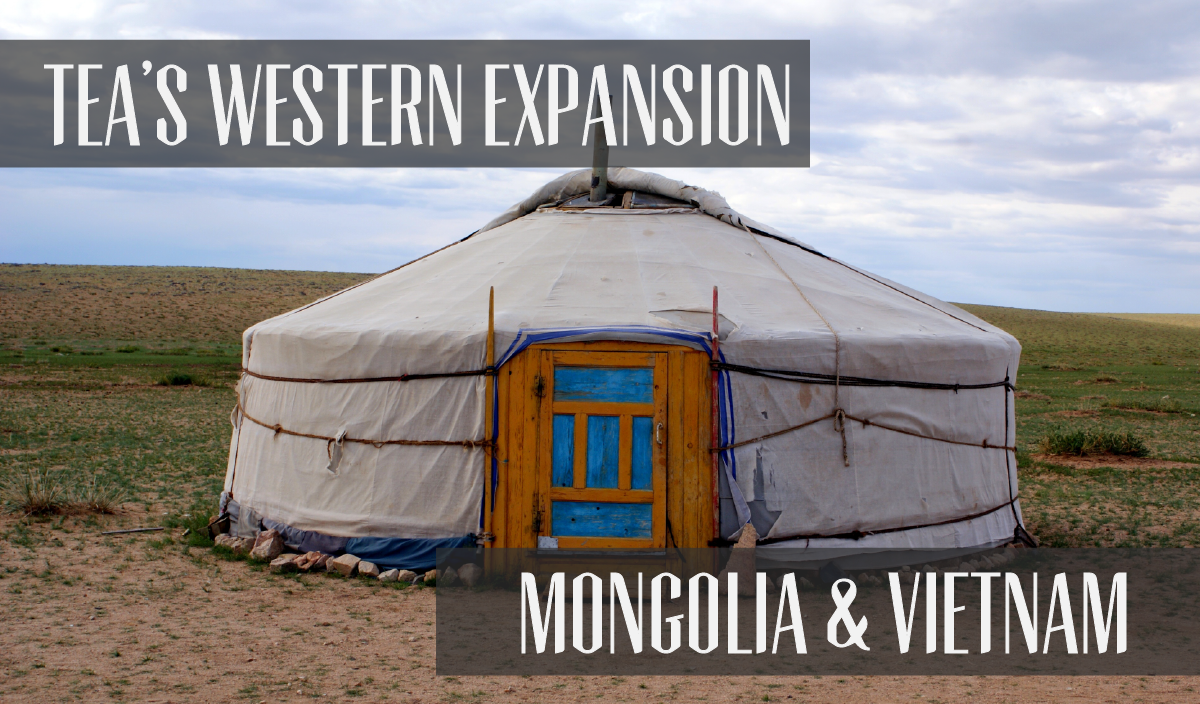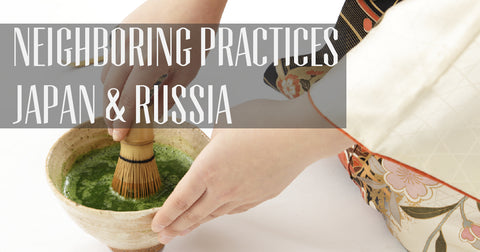
Mongolia: Tea With Milk and Beef Bits, Please
What do you like to add to your tea? Milk and sugar? Maybe some honey if you have a sore throat? What about barley, salt, and a little horsemeat? These condiments may sound off-putting to some, but milk tea with salt and meat is a common treat in Mongolia.
While the ancient Mongols loved tea just as much as the next guy, their lifestyles differed greatly from their Chinese and Japanese counterparts. The Mongols were a nomadic population of horse-herder warriors (Game of Thrones fans: imagine the Dothraki with bows instead of scimitars, and you've got Mongols). Mongols adapted Chinese tea rituals to their own nomadic lifestyles. Rather than carrying around bulky bags of loose-leaf tea, the Mongols compressed and dried tea stems into solid bricks, and broke off pieces of these bricks as needed. Tea was almost always served with milk, an important staple of the Mongol nomads. For a heartier tea, savory elements like salt, rice, and yes, even meat were added to the brew!
Without the Khans, there would be no English Teatime
Mongols played a crucial role in the spread of tea westward into the Middle East and Europe. Although Genghis Khan and the Mongols are famous for their brutal warfare and conquests, their conquered territories were left in a state of relative peace and unity. This "Pax Mongolica" created a trade network spanning from western China to southeast Europe. So next time you enjoy a cup of tea, be sure to thank the Mongol hordes!
Vietnam: Will You Marry Me? Try My Tea

In many ways, Vietnamese tea ceremony follows in the tradition of China and Japan, with emphasis put on form and tradition. But unlike China where tea was the pastime of nobles and monks, or Japan where the tea ceremony was frequented by Samurai, Vietnam's tea practice is seen most commonly in the ritual of bringing two people together in marriage.
A traditional Vietnamese wedding begins with the groom's family bringing gifts (including tea) to the bride's family home. If the bride's family finds the gifts sufficient (and the tea strong enough!) they will welcome the groom and his family into their home, and present the bride. After they've prayed to their ancestors for a healthy marriage, the bride and groom begin preparing tea: first for their parents, and then for the rest of the wedding party. Cups of tea are exchanged for advice and blessings for the marriage. After every member of the wedding party has been served, the bride and groom get to enjoy a cup of tea themselves before snacks are brought out and the reception begins.
Have you considered incorporating tea into your next major life event? If you're not getting married soon, maybe serve tea at your next birthday, or at a graduation party. If you are getting married soon and trying to impress your in-laws, take a hint from the Vietnamese and bring a pot of fresh tea!
See our prior posts in the series below:
Start Your Own Tea Ritual: Try Zest Today!

